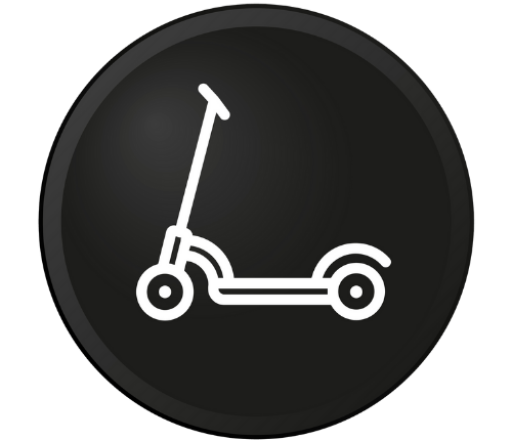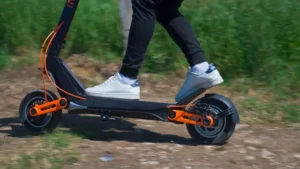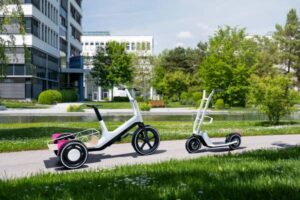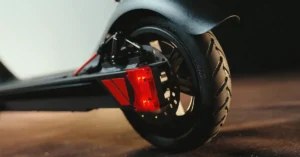As electric scooters continue to zip through city streets, parks, and bike lanes, the speed at which these compact vehicles travel has become a crucial aspect of the rider experience.
This article explores the various factors influencing electric scooter speed, the regulatory landscape surrounding it, and how riders can make informed decisions for a swift and safe journey.
Motor Power and Acceleration
The heart of an electric scooter’s speed lies in its motor power. Scooters equipped with more powerful motors tend to offer faster acceleration and higher top speeds.
When considering an electric scooter, understanding its motor specifications provides valuable insights into its speed capabilities.
Battery Capacity and Range
The relationship between battery capacity and speed is intricate. Scooters with larger battery capacities generally have the potential for higher speeds.
Additionally, a scooter with an extended range often indicates efficient energy usage, contributing to sustained higher speeds over longer distances.
Regulatory Speed Limits
Cities and regions often impose speed limits on electric scooters to ensure the safety of riders and pedestrians.
These speed limits can vary widely, ranging from 15 to 25 mph (24 to 40 km/h) in different locations.
It is crucial for riders to be aware of and adhere to local speed regulations to avoid legal complications.
Terrain and Riding Conditions
The type of terrain influences the speed at which an electric scooter can travel. Smooth, flat surfaces allow for optimal speed, while rough or hilly terrain may impact performance.
Riders should consider the typical riding conditions in their area when evaluating the speed capabilities of a scooter.
Weight of the Rider
The weight of the rider plays a role in electric scooter speed. Heavier riders may experience slightly reduced speeds compared to lighter riders, especially when tackling inclines.
It’s essential for riders to be mindful of weight considerations when estimating the speed potential of a scooter.
Advanced Technological Features
Some electric scooters come equipped with advanced features that enhance speed performance.
For instance, regenerative braking systems can improve energy efficiency and contribute to maintaining higher speeds for longer durations.
Aftermarket Modifications
Enthusiasts seeking an extra speed boost may explore aftermarket modifications, such as motor upgrades or enhanced battery systems.
However, it’s important to note that such modifications may impact the scooter’s warranty and legal compliance, and riders should exercise caution and responsibility.
Conclusion
Electric scooter speed is a dynamic aspect influenced by various factors, from motor power to regulatory limits.
As riders embrace the convenience and thrill of electric scooters, understanding the interplay between these elements becomes crucial for making informed choices.
Whether for commuting or leisurely rides, finding the right balance between speed, safety, and adherence to local regulations ensures a smooth and enjoyable electric scooter experience.



